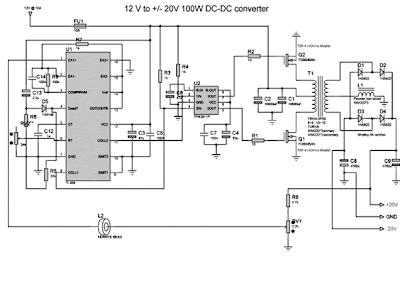Automatic lamps with photocell
This is a photocell circuit for detecting the light intensity. At full light the resistance of the photocell will be few ten ohms and at darkness it will rise to several hundred ohms. IC1 Op amp uA741 is wired as a comparator here. At darkness the resistance of photocell increases and so the voltage at the inverting input of the IC1 will be less than the reference voltage at the non inverting input. The output of the IC1 goes to positive saturation and it switches ON the transistor to activate the relay. By this way the lamp connected through the relay contact glows. The diode D1 works as a freewheeling diode.
A light sensor (photo detector) that varies its resistance between its two terminals based on the amount of photons (light) it receives. Used for photographic light meters, automatic on-at-dusk street lights and other light-sensitive applications, it is also called a “light dependent resistor” (LDR) and “photo resistor.”
The photocell’s semiconductor material is typically cadmium sulfide (CdS), but other elements are also used. Photocells and photo diodes are used for similar applications; however, the photocell passes current bi-directionally, whereas the photo diode is unidirectional.


